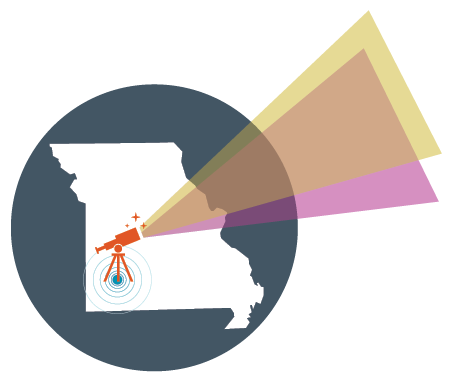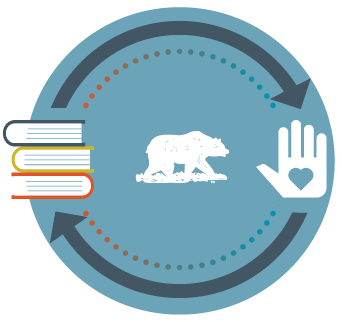
Downtown development/economic development
Missouri State has been a cornerstone of downtown revitalization and Springfield’s
economic development. The university’s substantial investments in its downtown campus
have spurred downtown’s growth into a community with places to live, work and play.
In 2004, Missouri State introduced the vision for IDEA Commons - an urban innovation
park in downtown Springfield. It’s a collaborative community effort that brings together
corporations, the university, residential lofts, nonprofits, and office and retail
space. It’s a hub where people from all walks of life can live, shop, learn, create
and work.
The university’s investment in downtown has served as a catalyst for vibrant growth.
Jordan Valley Innovation Center (JVIC), Brick City and the Robert W. Plaster Free
Enterprise Center make up much of the core of the area.
Citizen Bears
In 2020, the efactory at the Robert W. Plaster Free Enterprise Center helped more
than 25 new businesses get started. They helped the companies create more than 280
new jobs and secure more than $17 million in capital and equity.
Student environment
Britany grew up in Maryland Heights, Missouri, and went to a diverse high school in
the St. Louis area. Before she visited Missouri State University, she wasn’t sure
she’d fit in at Missouri State because of the relatively small number of Black students
compared to some other colleges she considered.
 Community engagement and investment help shape Springfield’s future
Community engagement and investment help shape Springfield’s future

